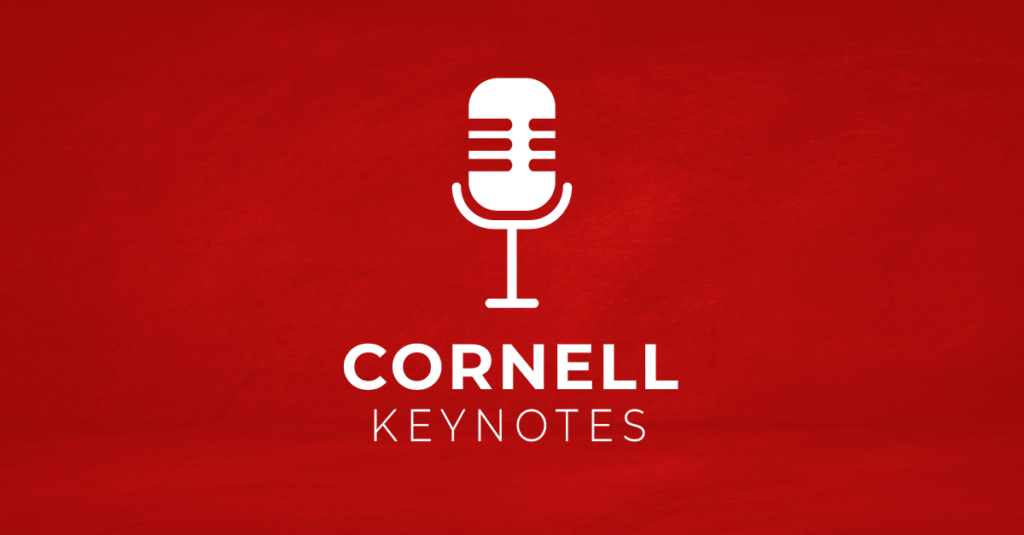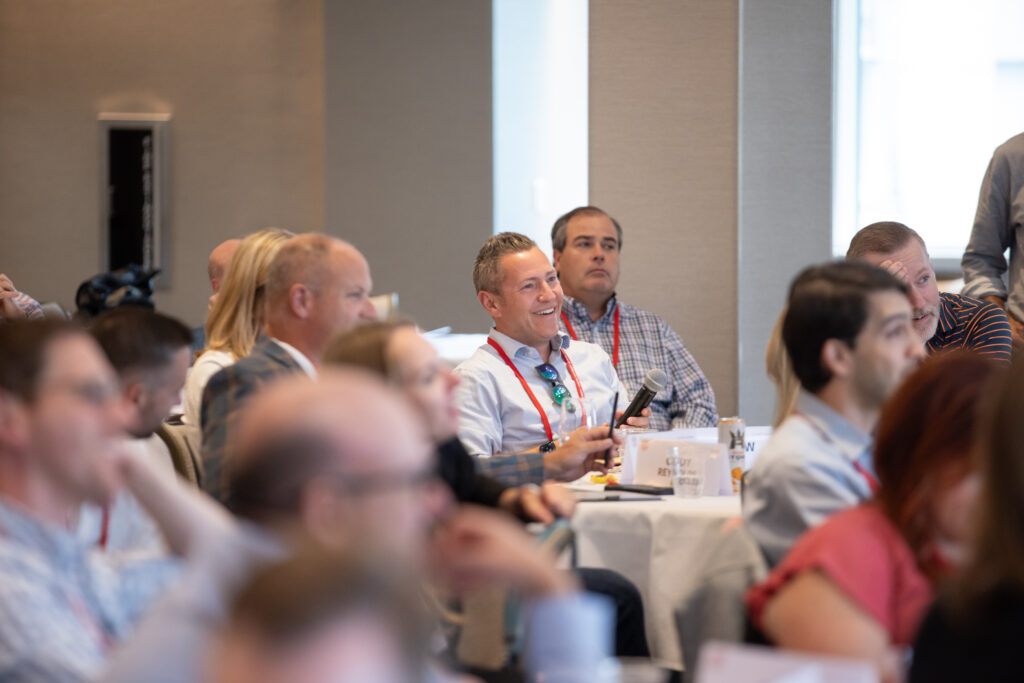
Though U.S. employers kicked off 2024 with the addition of 353,000 new jobs, the job-switching trend that catalyzed The Great Resignation continues at near record-setting levels. Some sectors are experiencing greater churn than others. At 5 percent, the quit rate in hospitality is significantly outpacing other industries, and engineers are increasingly seeking new professions altogether.
Hiring is just half the battle — particularly in an employment landscape transformed by artificial intelligence (AI), flexible work options, economic uncertainty and worker disengagement. Employers must adapt quickly to stop the revolving door.
As director of the Center for Advanced Human Resource Studies and the William J. Conaty Professor of Strategic Human Resources at the Cornell ILR School, Bradford Bell contends that while attracting top talent remains crucial, retention is the real test of organizational resilience. He recently shared three steps organizations can take to keep their best employees.
1. Foster a skills-based culture.
One challenge in the talent management space is the rapid transformation of jobs due to technologies like generative AI that have shifted the competencies employees must have to be successful at work.
“Companies can address this challenge by becoming more skills based. Understand and assess your employees’ current competencies and figure out what future skills employees will need to be successful in their work as their jobs and your business evolves,” Bell said.
Through industry research and trend analysis, leaders can identify skill gaps and train current employees to close them. Some organizations might see benefits in relaxing degree requirements for internal upward mobility and providing personalized learning in mentorship programs, on-demand courses and external online certificate programs instead. Leaders can also restructure performance reviews to evaluate employees based not only on past performance but also on skill development.
“The future of work is a whirlwind of automation and disruption,” Bell added. “Help your employees navigate change, solve complex problems and increase their value within your organization.”
2. Learn to lead from a distance.
Remote and hybrid work models are changing the nature of leadership. Organizations need new strategies to make up for the distance — real and perceived.
“Leaders must set the course for their teams, making sure that all members are clear about the mission, goals and expectations to avoid the conflict and confusion that can arise particularly when members are virtual,” Bell said. “Managers should also support the social climate by being more purposeful about orchestrating interactions and building relationships among team members.”
Department heads should empower employees to be more responsible for managing their own work. To assist workers, Bell encourages organizations to facilitate the effective use of technologies by ensuring all team members have access to necessary tools.
“Now that employees and organizations have experienced flexibility and the benefits that it can offer, hybrid work models are here to stay,” Bell said. “No matter where employees are located, leaders must ensure they are using technologies and tools in the right situations and can adjust based on how tasks and environments shift over time.”
3. Drive a positive employee experience.
Replacing experienced personnel can incur considerable costs in recruitment and training. High turnover can erode morale in a manner that damages current team dynamics and fosters a reputation that repels new talent. By effectively engaging employees, organizations can mitigate these risks.
“When we look at the research, we see a few key factors that impact employee engagement: the design of work itself, learning and career development and leadership,” said Bell, who asserts that it is important for employees to perform meaningful, varied tasks and view their work as significant.
Bell encourages leaders to consider how they can design jobs themselves to be more engaging and ensure that employees have access to professional development opportunities that present clear career paths within their organizations.
He encourages managers to look inward as well: “Leaders who are more transformational as opposed to transactional — those who can build strong relationships with their employees — are able to drive higher levels of engagement within their teams.”
Bell also encourages leaders to examine how they listen to employees, formally and informally. He recommends that leaders capture employee sentiment and voice through surveys and one-on-one discussions.
“This needs to be a multichannel and ongoing process in which organizations and leaders are constantly listening to employees, identifying the pain points employees are experiencing, taking action on the feedback and communicating back to employees the changes they are making,” he said. “Through that listening process, you create a productive cycle that enhances employee engagement and increases retention over time.”
Learn the latest best practices for talent management in one of Cornell’s online human resources certificate programs, including several coauthored by Bell: Hybrid Work Strategy, HR Analytics, Recruiting and Talent Acquisition and Strategic Human Resources Leadership.








